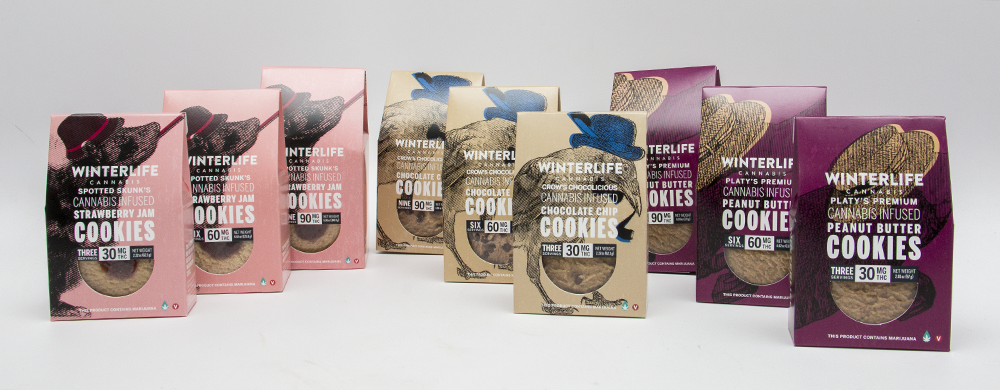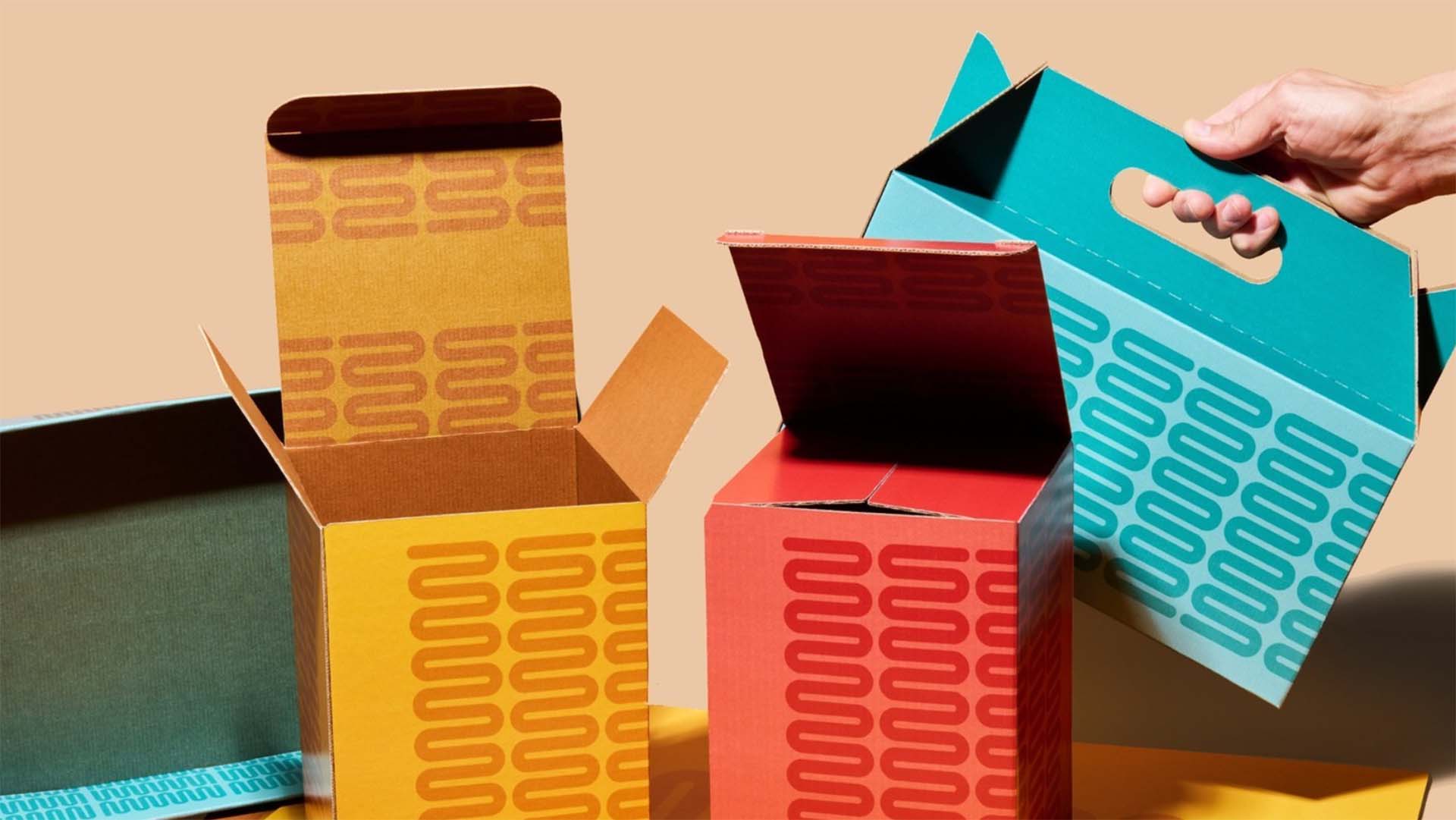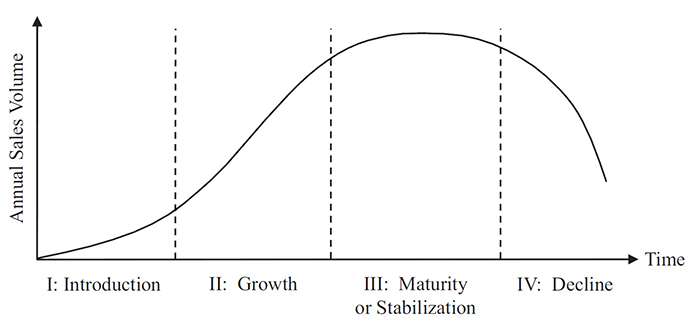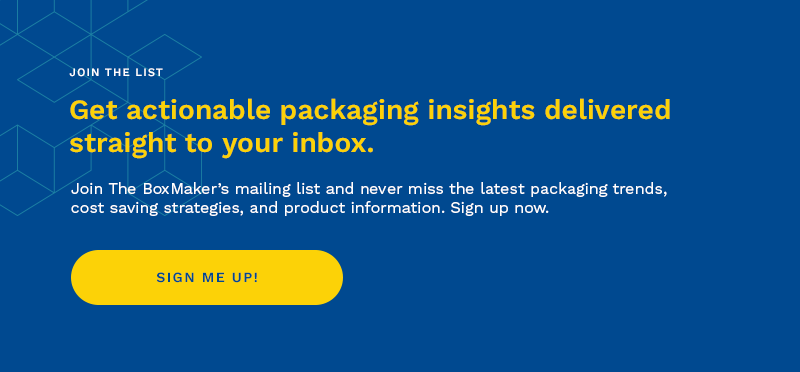3 Tips for Effective Product Packaging Budget Management
Today’s consumers value the form and function of product packaging now more than ever. Packaging is not only integral to the perception of a brand, it can also determine the success of a product. In fact, a recent national study found that 72% of consumers agree that packaging design can influence their purchasing decision — proving its impact as a key determining factor when a consumer chooses one brand’s product over a competitor.
But make no mistake — functionality is just as important as appearance when it comes to product packaging. The design must effectively prevent damage during the journey between the manufacturer to the retailer to the end user. If a product arrives damaged, it doesn’t matter how good the box looks.

For all of the personnel directly involved in the buying process, understanding how to effectively manage a packaging budget can save time and have a major impact on a company’s bottom line.
Here are 3 tips to help effectively manage your product packaging budget:
Tip #1: Understand Your Packaging Needs
The volume of packaging that a company has available to them must support the sales volume fluctuations of the product over time. But be aware, the idea of “the more the merrier” doesn’t apply in this case. It can be tempting to purchase a large order volume to reach a target price per unit or beat a price increase. However, it’s important to remember that this buying approach doesn’t always save money. It oftentimes simply moves or hides the total cost into unused packaging inventory sitting on shelves.
If the product isn’t moving at the expected rate, the cost and space needed to store the excess inventory can eat up the packaging budget. Under these circumstances, many companies often end up leasing additional space or partnering with a warehousing provider — further damaging their bottom line.
This is why it’s important for packaging buyers is to fully understand their company’s packaging needs based on sales forecasts, comprehensive research, and the most up-to-date information available. Focusing on the total cost of procurement rather than just the unit price can help control your packaging costs in the long run.
Tip #2: Set Aside a Rainy-Day Packaging Fund
Most packaging buyers must develop a strategy for the year based on their approved budget and business goals. However, as much as we try to anticipate the future, life can be unpredictable. Setting aside a portion of your packaging budget as a rainy-day fund can prove helpful in the event of a packaging mishap or a last-minute opportunity.
Promotional opportunities can pop up unexpectedly, such as special events, celebrity endorsements, and co-branded partnerships. With a rainy-day packaging fund in place, brands can more effectively capitalize on last-minute, limited-run opportunities, while aligning marketing initiatives to their overall packaging strategy. It allows them to hit the pavement running without the need to request additional budget from higher-level management or reallocate existing budget.
Tip #3: Be Aware of Packaging Obsolescence
The threat of obsolete packaging can present a significant challenge for certain industries, typically resulting in an excess inventory of unusable packaging. It can stem from a variety of reasons, such as inaccurate sales forecasting, slow product movement, or new packaging requirements.
For example, legislation surrounding the cannabis industry continues to change on a regular basis. In 2018, Washington lawmakers mandated that THC-infused edible products must limit the use of bright colors, certain shapes, and bubble-type fonts that can appeal to children. In addition, the universal marijuana symbol and the “Not for Kids” symbol must be added to all edible cannabis packaging.
For cannabis brands that use traditional analog printing methods, such as litho lamination or offset printing, it can be expensive to continually update product packaging and purchase in high volume orders. This is because analog print methods require the manufacturing of custom print plates and tooling each time artwork is revised. This process can result in long lead times, delaying the speed in which the product can be made available to consumers.

Fortunately, technological advancements in digital print can help brands combat the possibility of obsolete packaging. Since print plates and additional tooling are not required with digital print, brands can change out their packaging design as frequently as they wish without breaking the bank. With digital’s ability to scale, brands can order as much or as little packaging as they need and when they need it — preventing the excess of packaging inventory and protecting their return on investment.
Subscribe
Share this post
Similar Articles

How to Calculate the Cost of Packaging
Learn how to calculate the cost of packaging for your business. Download our free packaging budget p …

Cost-Effective Packaging Strategies for Small Businesses
Learn smart, budget-friendly packaging solutions for small businesses and startups.

Managing Product Life Cycles with Digitally Printed Packaging
Leverage digital print to improve product life cycle management by optimizing packaging order volume …
